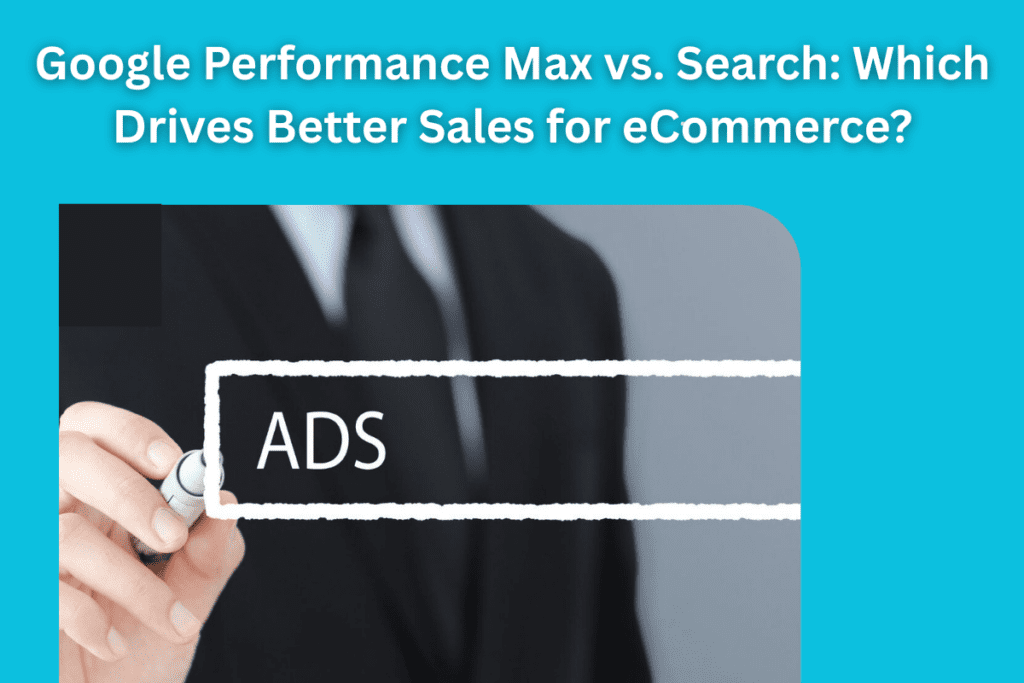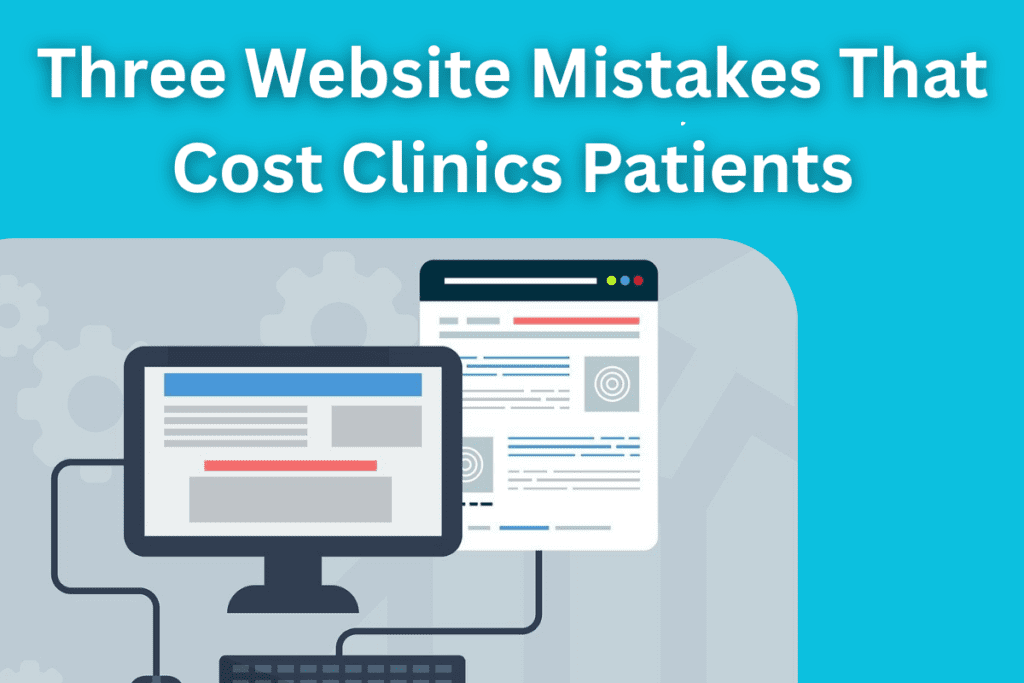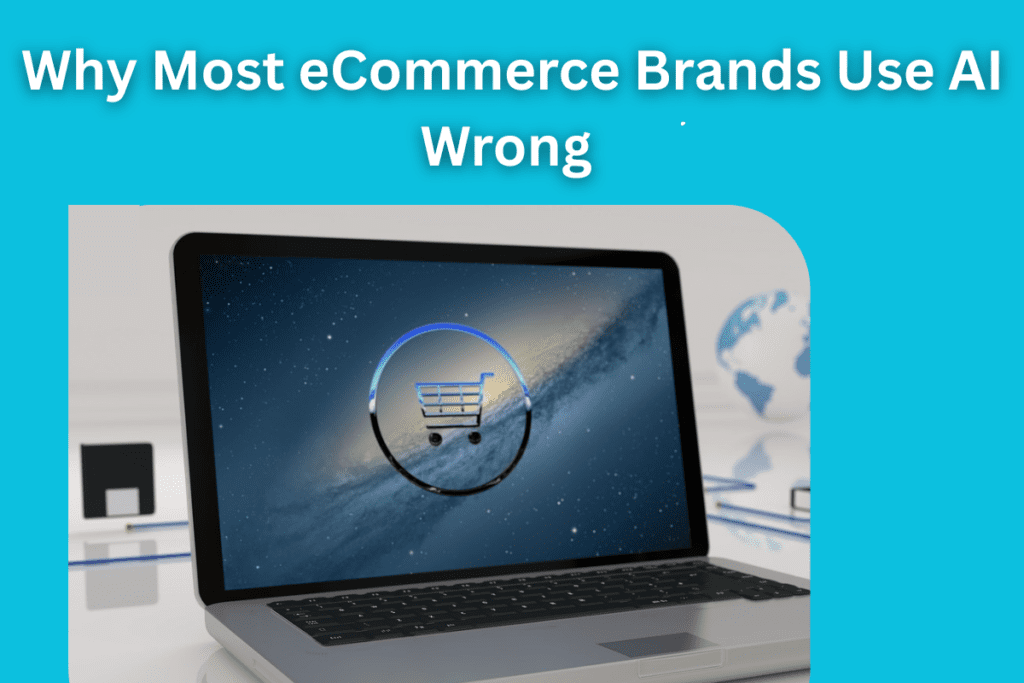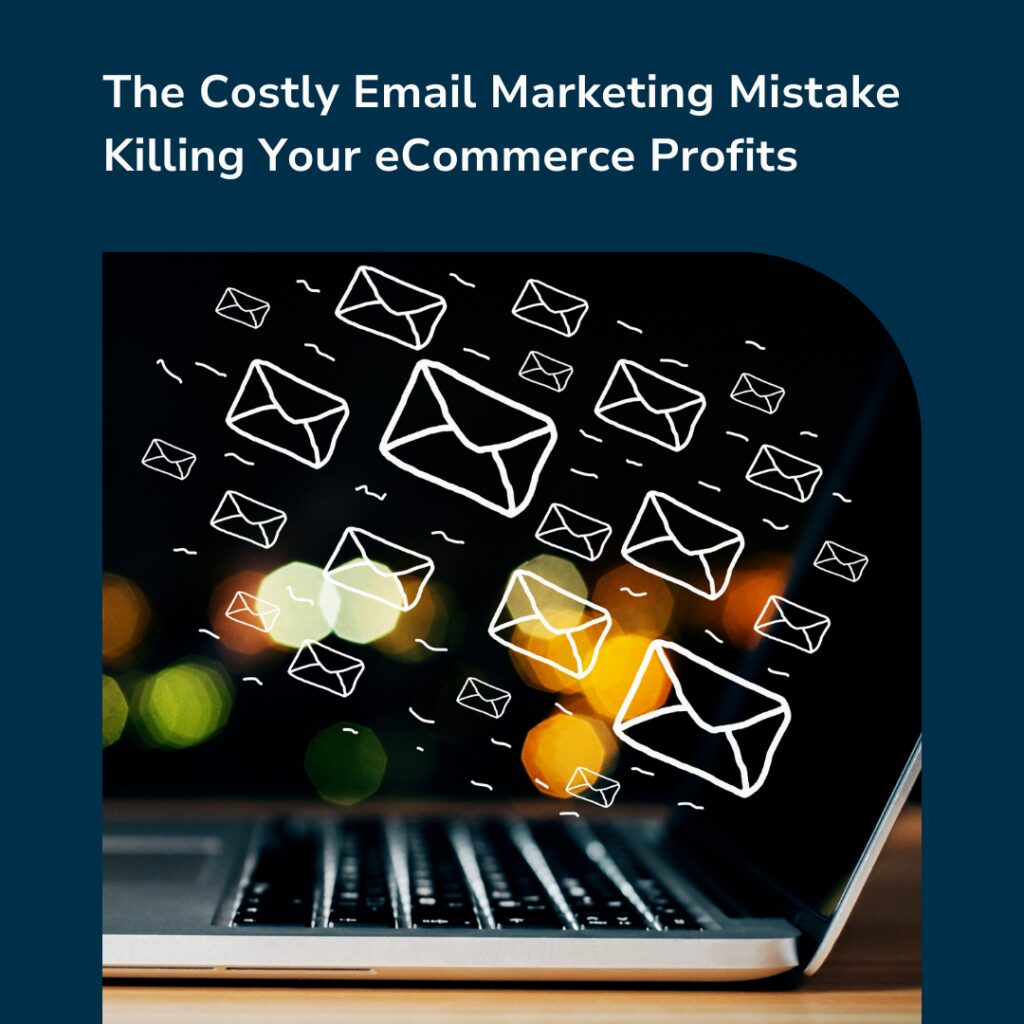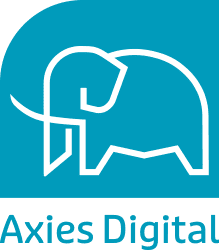[vc_row][vc_column][vc_column_text]
Keywords – Activities Interests and Opinions
If you have been around us long enough, you know how much we talk about customer psychology. More importantly, we talk about Digital Psychology and the role it plays in defining our business strategy.
This is simply because, on the digital side, the true self of humans comes out and the curtains of pretension falls to the floor.
But, digital psychology is more than just a catchy term. (It does get attention though).
Previous Understanding of Digital Psychology
We have previously defined how digital psychology is closely related to clinical psychology, as well as microeconomics and neuroscience. The simple interest is in understanding why people act, and more importantly buy and sell, in a certain way.
Let’s build further on our understanding of digital psychology.
Psychographic Profiling
If you think marketing is simply based on pushing a message or an image, you will be wrong.
Credible marketers have been basing their efforts into understanding psychographic profiles for ages.
This has been in the form of response statements that provide a deeper insight into how potential customers will act. But, there is a flaw in the system.
We have previously talked about the limitations of collecting real life data. There are all forms of limitations and chances of being fed the wrong information.
The coming together of activities, interests, and opinions based on collecting real life data is no different. A step forward, the psychographic profiling based on such information shares the same inherent flaw.
But, digital psychology eliminates this issue.
Superiority of Digital Psychology
Digital psychology is simply superior – as long as the amount of data considered in wide enough.
With the collection of online data based on free potential customer behaviours, the guessing game is eliminated.
The activities, interests, and opinions (AIOs) collected digitally are closer to reality that we will ever get.
The activities side of things digitally is simply based on existing patterns of use; the longevity of which then defines the short, mid, and long term interests; and opinions are simply the reviews or comments that people leave behind.
The Extra Step
There is an addition to the combination of AIOs in digital psychology.
We do not take the negative or positive opinions for the face value, as this is the easiest section to corrupt.
For instance, people are more likely to post a negative comment than a positive one. This is simply because humans are more negative centric.
Similarly, positive comments need to be fact checked to establish that they were not simply planted by an organisation.
In both the cases, it comes down to measuring opinions against activity and interests. Seeing opinions in a proportionate manner provides a clearer picture in comparison to simplified numbers.
The final step then is to develop the customer profile – the psychographic profile to be more precise.
So, the main difference here is the fact that the backing for the process comes from digital sources in digital psychology – a more rounded and reliable form of information for businesses as a whole.[/vc_column_text][/vc_column][/vc_row]

